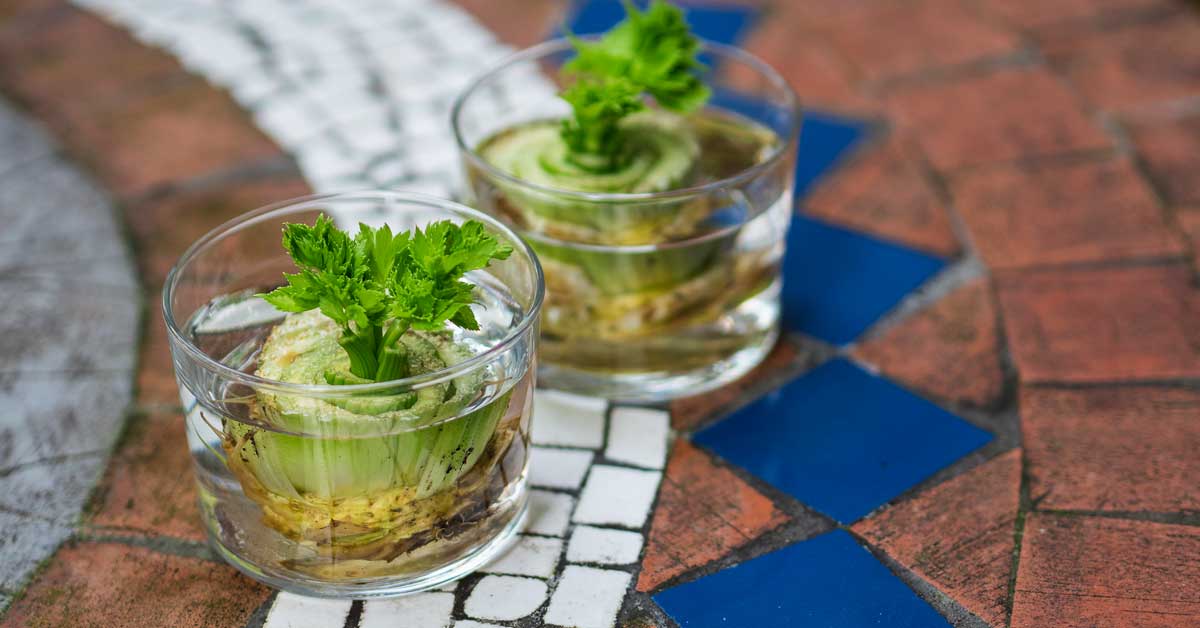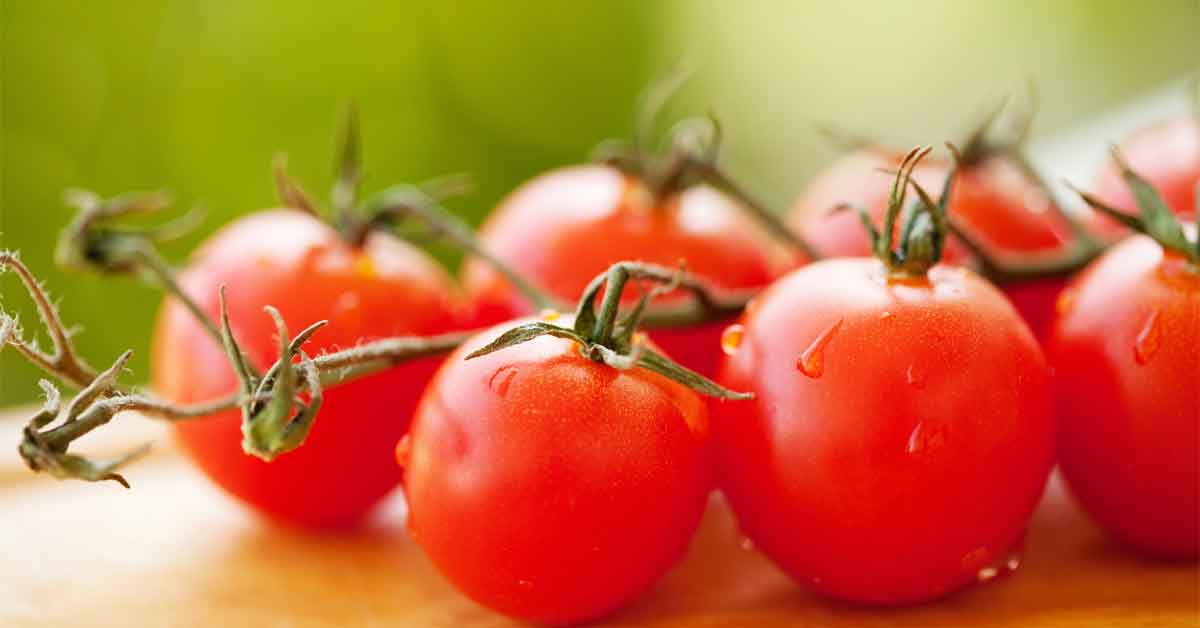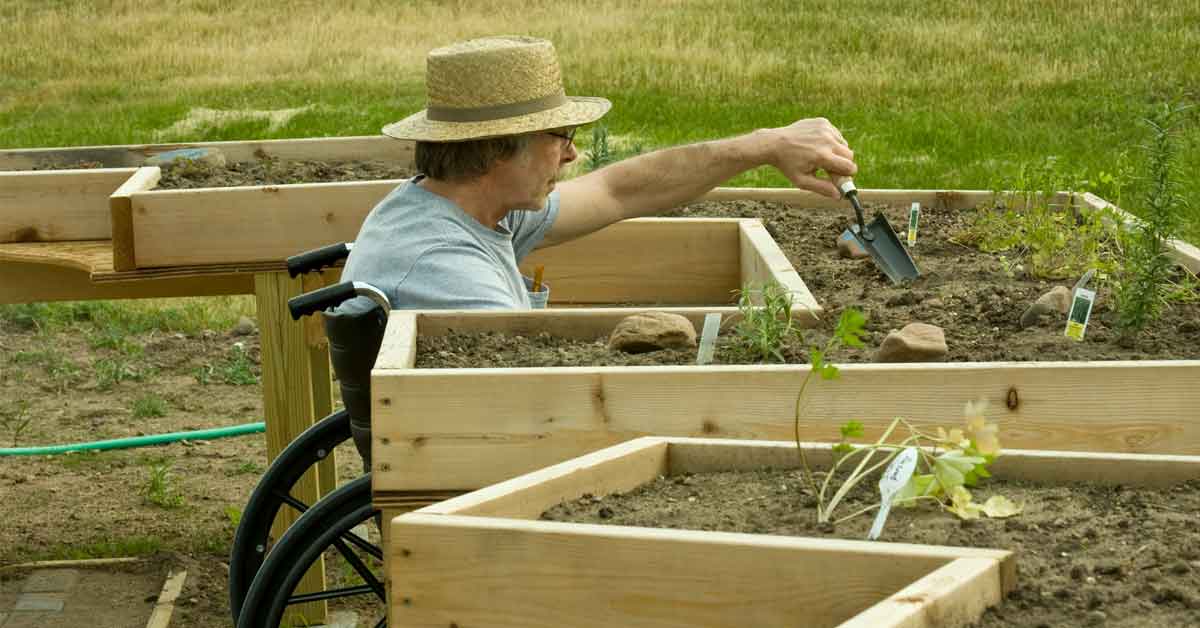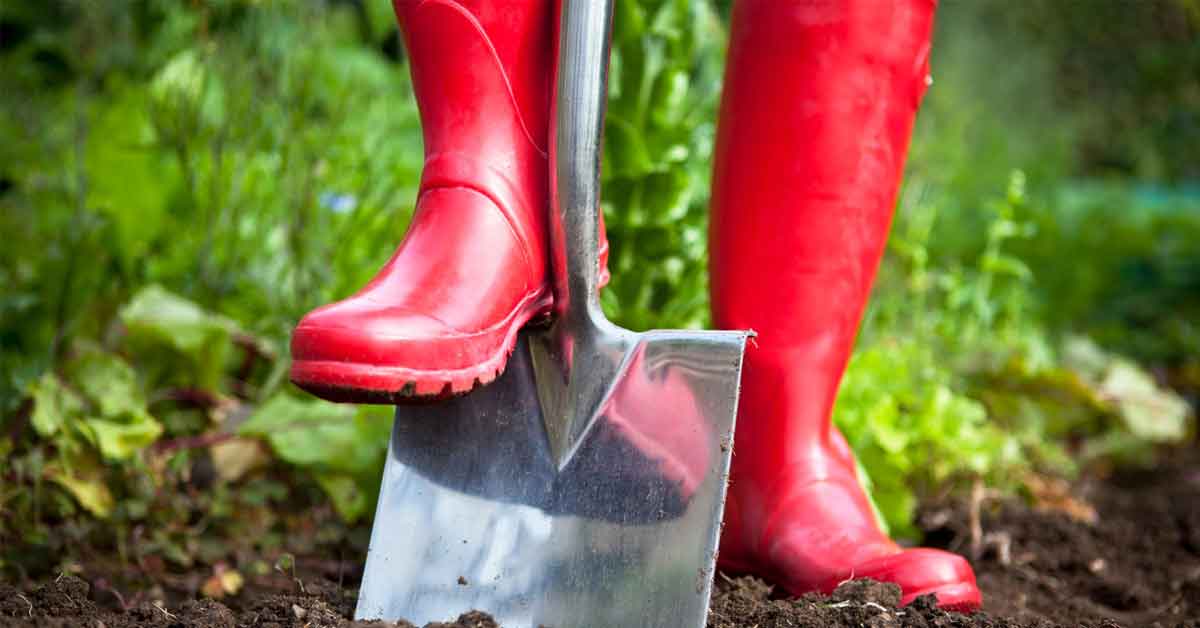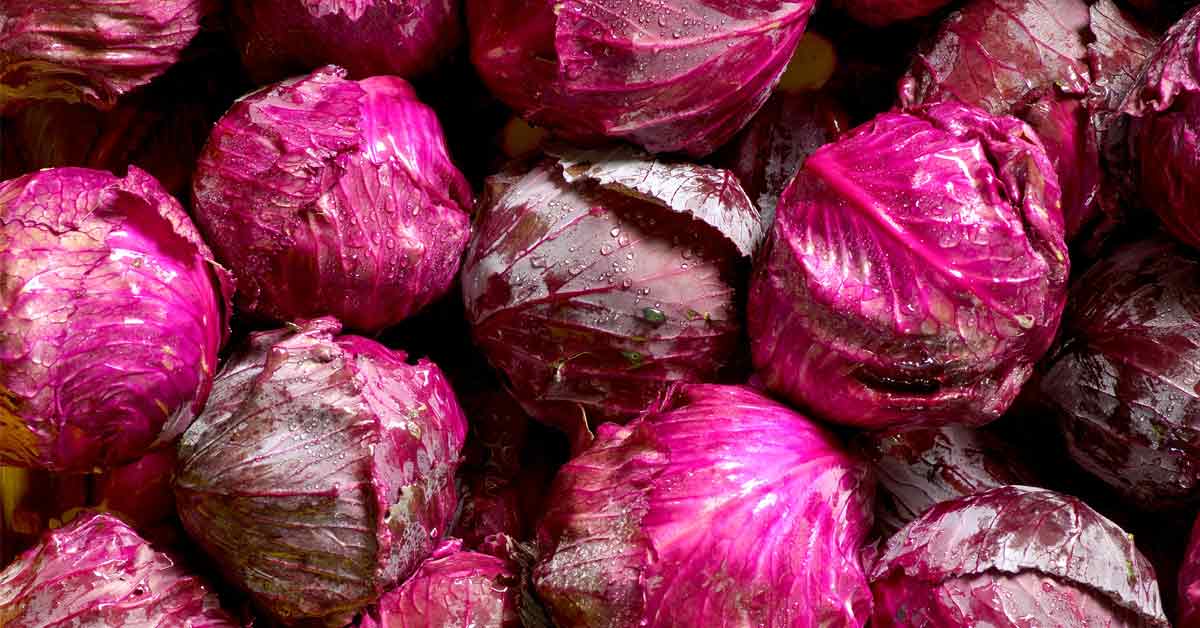How to Grow Fruits and Vegetables From Table Scraps
Growing tasty, healthy produce from clean kitchen scraps isn't garbage gardening. It can save money, cut down on food waste and teach valuable lessons about nature and sustainability. From celery and onions to beets and ginger root, scraps often have plenty of life left. They just need a chance to avoid the compost pile.
Growing plants from "inedible" parts isn't that unusual. Gardeners routinely grow crops from pieces of plants. Garlic, for example, is grown from single cloves, and tomatoes and peppers can be started from salvaged seeds. Even new potatoes are grown from their sprouting "eyes." To try your hand at this fun project, start with the following simple-to-grow scrap tips:
- Head-Form, Leafy Veggies
- Bulb and Bulb-like Vegetables
- Root Crops and Root-like Veggies
- Easy-to-Regrow Fruits
- Outdoor Garden Aftercare
Experiment with other vegetables by following the instructions for veggies that grow in the same or a similar way. Grow your new food indoors in decorative saucers or containers year-round, or move them outside to your garden in spring.
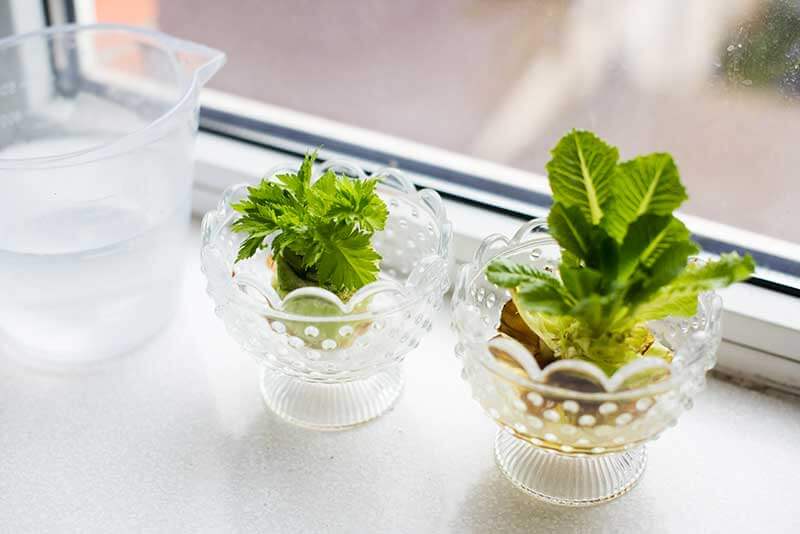
Head-Form, Leafy Veggies
Leafy vegetables that grow in heads, such as celery, romaine and bok choy, are some of the easiest scraps to grow. Just cut off the plant's base, which you normally wouldn't eat, so you have a piece about 1 inch tall. Place it cut side up in a shallow saucer, and then add 1/2 inch of water. Refresh the water regularly, and get ready for harvestable greens.
Leafy scraps will grow in water on a sunny indoor windowsill year-round. You can also transplant them from water into soil as soon as they show roots and new green growth. Use a decorative, soil-filled container or plant directly into warm garden soil. Plant your scrap so that soil covers the roots and base, but the top of the rooted scrap stays exposed.1,2
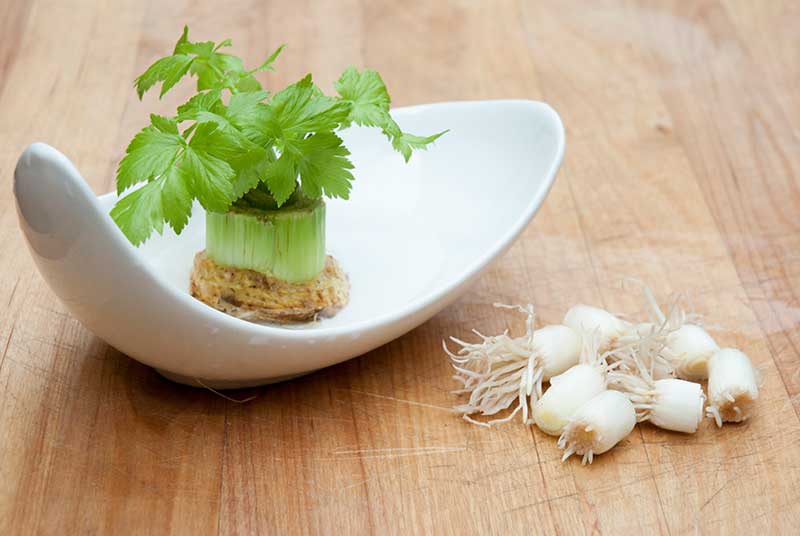
Bulb and Bulb-like Vegetables
Veggies with swollen, bulb-like bases root easily when following steps similar to those for leafy vegetables. For green onions, leeks, fennel and lemongrass, cut off the end with the tiny roots so you have a scrap about 1 inch tall. Place it root end down in water 1/2 inch deep. Be sure the water covers the roots, but not the top. Keep water fresh, and a supply of shoots will follow.1,3
For mature bulb onions, scraps grow best when planted directly into soil instead of water. Cut your root base about 1 inch thick, and then plant it in a soil-filled container or into your outdoor garden. As with leafy vegetable scraps, cover the roots and base with soil, but keep the top exposed.1
Root Crops and Root-like Veggies
With vegetables such as turnips and beets, the root gets eaten and the top part, where leaves once grew, gets thrown away. These top scraps regrow tasty leaves for fresh salads or sautés. Cut off the top, but leave 1/2 inch of the beet or turnip attached. Place the scrap in shallow water, cut side down and leaf end up, and fresh greens will soon appear.
Another easy-to-regrow scrap is ginger root, which regrows quickly in soil. If your scrap still has a fresh, wet cut, let it dry at room temperature overnight. Then plant the root scrap 1 inch deep in soil. Ginger is a tropical plant that can bear unusual, striking blooms. Plant it in a container, and it can live for years indoors. When you want ginger in the kitchen, gently pull up a root and leave the rest for another time.2

Easy-to-Regrow Fruits
Many citrus fruits grow well from castoff seeds. Citrus that excel in containers, such as key lime, are especially simple to start. Instead of tossing seeds, clean them well and keep them moist. Plant them 1/2 inch deep in a soil-filled container. Then cover the planter with plastic to create a mini-greenhouse until the seeds sprout. Fruit trees can take several years to mature and bear fruit, but they make fragrant, flowering houseplants in the meantime.2,1 Avocados regrow easily in water. Just clean the pit well, and then stick three or four toothpicks into it, evenly spaced about one-third of the way down from the pointy end. Sit the pit on a glass or watertight container, so the toothpicks support it on the rim. Add enough water to cover the pit's bottom half, and refresh water regularly. Once the pit has roots and a sprout, transplant to a container with soil. Keep the top half of the pit above the soil line, while the bottom half goes below.1,2
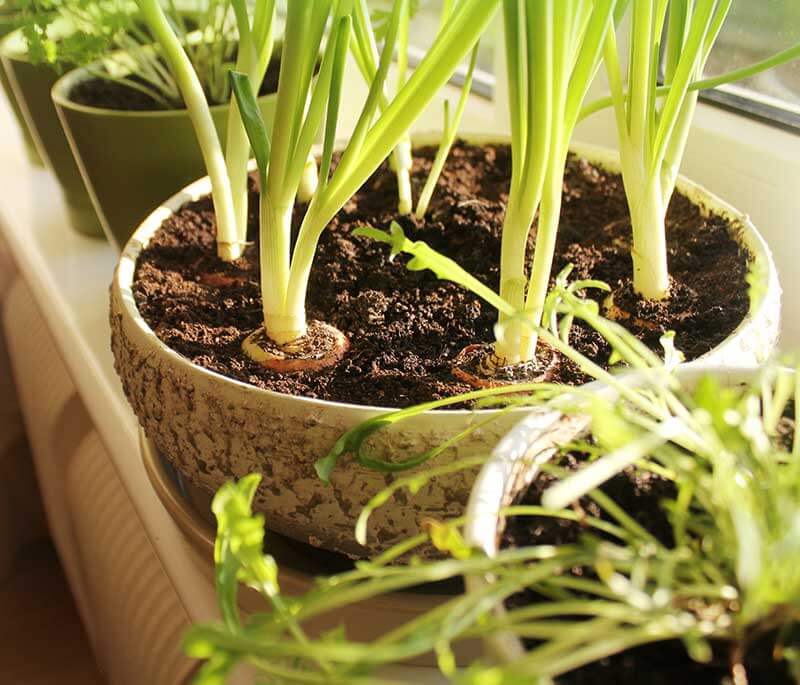
Outdoor Garden Aftercare
Once you plant your newly rooted scraps into the garden, or your container plants move outside into summer sun, handle them just like the other vegetables and fruits you grow outdoors. Moving fruits and vegetables to new locations can upset plants, so use Pennington Plant Starter to reduce transplant shock and provide a micronutrient boost.
Regular watering and natural-based fertilizers help provide extra nutrients for new garden transplants, too. For help controlling unwanted outdoor insect pests, turn to trusted pesticides such as Sevin brand garden insecticides.
Whatever type of pesticide you pick, always read the label and match your plant and pest problem to the product. Follow guidelines for treatable plants and the time needed between treatment and your harvest, known as pre-harvest intervals or PHI. For example, Sevin Insect Killer Ready To Use2 treats lettuce up to one day before you harvest, but needs 14 days between application and harvest for garlic or onions.
By growing food from kitchen scraps, you can connect with nature, reduce food waste and have some fun, too. GardenTech brands are here to help you enjoy the rewards of growing — and regrowing — your own food.
Sources:
1. Smithsonian Gardens, "Don't Pitch It, Plant It!," Smithsonian Institution.
2. Kirkman, Ray, "Plants from Kitchen Scraps: Fun for All Ages," Missouri Botanical Garden.
3. Office of Sustainability, "Growing Food From Scraps,", Temple University.
Get Monthly Gardening Advice!

